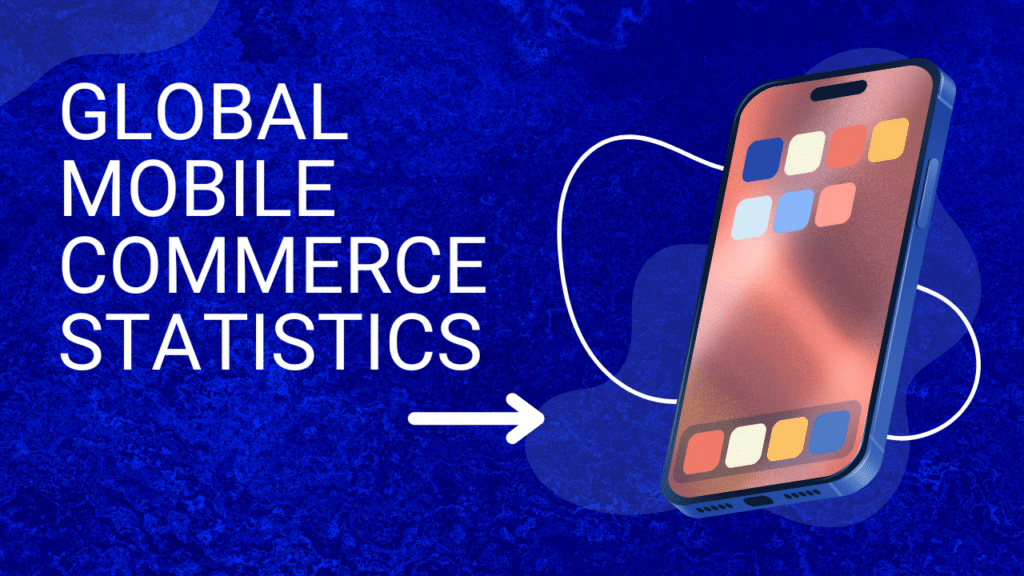If only I could read my clients’ minds . . . Do you ever find yourself thinking this? What if it were true? Landing pages and ecommerce sites could be created in a snap. Your copy would feel personalized and genuine. Customers would feel like they know you personally because your site does such an excellent job of catering to their needs, offering their wants and alleviating their fears. You would have a whole and untainted understanding of motivation, one of the most basic elements of conversion optimization. Linda Bustos of Elastic Path points out that motivation is the most powerful element in the Marketing Experiments Conversion Index, C = 4m + 3v + 2(i-f) – 2a. As such, there is a great deal of pressure to identify what that motivation is for consumers and to build your site around it. I know, I know—MUCH easier said than done. Until telepathy becomes a valid science, there are other ways to get inside potential customers’ minds.
From the moment an online browser stumbles onto your site, your goal is to get them to convert. This is a two-way process. Before they will do what you want them to, they need to see that you understand them and will give them what they want, in return. To give them what they want, you have to understand them—EVERYTHING about them. First, consider why they are on your site in the first place. Maybe:
- They never meant to go there; they landed there by mistake.
- They cannot afford your products and are just looking for fun, never intending to make a purchase.
- They’re intending to purchase similar products offline and are doing research.
There is very little you can do about customers who landed on your site by mistake or are not intending to make a purchase. The customers you must cater your site toward are those who ARE interested in your product and who are at least open to the idea of buying from you.
Since you can’t read minds, how do you know what visitors to your site intend to do? Well, assuming they are willing to stay on your site for at least a few seconds, you have hope. You have the potential to turn a common internet browser into your next client—but you MUST understand more about their motivation than just the fact that they need X product and are willing to poke around your site. Analytics will provide the list of keywords visitors used to get to your site from search engines. Of course these keywords are an excellent indicator of the motivation visitors have when entering your site. This might seem like little to go on (come on, a computer can’t see into your soul—at least, not yet), but the data can be used to improve your site in remarkable ways. For example, if you notice that your site has high bounce rates when browsers include the word “cheap” in their search query, your products might be too expensive.
There are many questions you need to ask for each of the keywords driving traffic to your site:
– Does the keyword reflect what you have to offer? If you are ranking on the first page for “cheap widgets,” but you see expensive widgets, then you need to consider if that is poor organic optimization driving traffic that you do not need.
– What is the visitor intent from a keyword? Some keywords indicate readiness to buy, and others indicate general information. For example: widget technical specification vs. widget delivery options.
– What is the conversion rate for a certain keyword? If you rank well for the correct keyword, then you must evaluate the conversion rate for traffic coming to your site using that keyword. How well is that traffic converting? You should segment that traffic as much as you can to get as much insight as possible.
– What is the bounce rate for a certain keyword? If you rank well for the correct keyword, then you must evaluate the bounce rate for traffic coming to your site using that keyword. If visitors are leaving the site right away, then there is a problem, either in design or copy.
Let’s take a look at two examples, using keywords as motivational indicators. Say you want to find the book Twilight by Stephenie Meyer, so you go to two of your favorite bookstores’ websites: Barnes & Noble and Borders. You enter “Twilight + Stephenie Meyer” into the search bar on each site’s homepage:
After you hit go on Barnes & Noble’s site, you are told there are 57 items that match your search criteria. The first two are not books at all but copies of the Twilight movie. After that are two other books in the Twilight saga (which do not contain the word Twilight anywhere in the title), followed by the Twilight Saga Collection—all four books—and a third book in the series before finally listing the original Twilight book as the seventh listing:
After hitting go on the Borders page, you get a return of 37 items, and this book is listed first in a separate category of only three returns labeled Top Sellers:
Of course, this was a very rogue search, as you did not enter what specific type of item you were looking for. Changing the criteria to books at Barnes & Noble eliminated the movie but still listed all other books in the series, including the collection, before the original book that matched the search term. Changing the criteria to include only books at Borders actually removed it from the Top Sellers category and instead listed the other three books of the series. The book is not listed until eighth on the list of results under Top Sellers, after an audio collection of the series, books about the author and the other three books.
By basing motivational guesses off of search terms, it seems like both websites have assumed that all of the books are collectively referred to as Twilight by most users (which happens to be true). Encompassing all four books without discrimination in this search term, then, each website seems to generate the results list based on best sellers or most recently published—probably convenient guesses if the user also associates the four books of the series together. Of course, using keywords to determine motivation is only one such indicator. Other features should be tested based on analytics data, but keywords are a good place to start. A knowledge of what users are searching for demonstrates that you understand their motivation—and that, remember, is
the most important factor in the conversion index. Understand motivation, and you will convert at better rates—without having to read minds!







